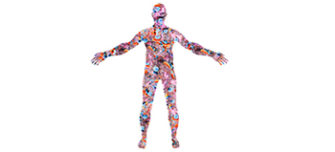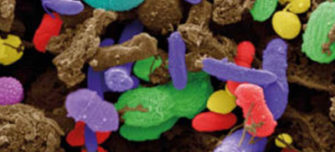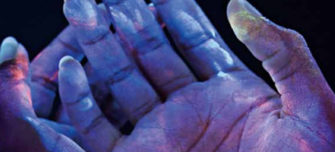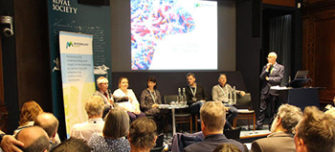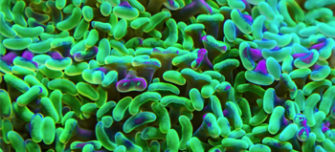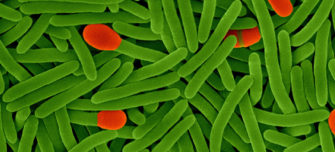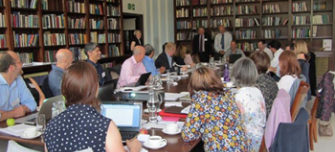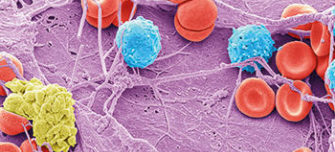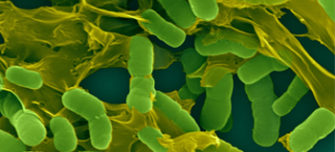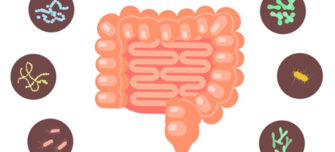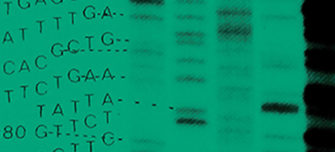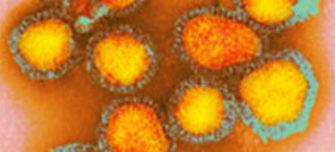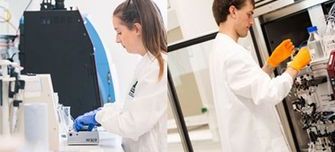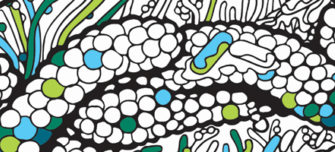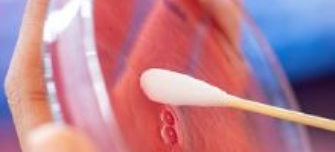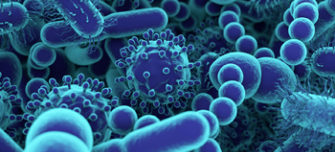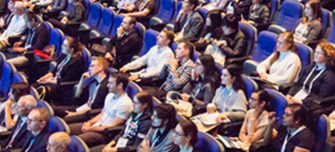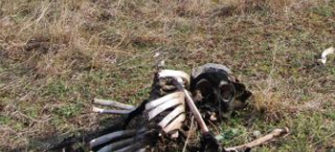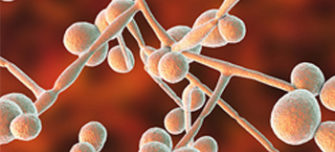Resources and further reading
-
Microbes and the human body
The surfaces of the human body inside and out, for example the skin, mouth and the intestines, are covered in millions of individual micro-organisms that don’t do us any harm. In fact they help to protect us from becoming infected with harmful microbes. They are known as the normal body flora.
-
Microbiology Today: The Microbiome
Microbiome research is a hot topic at the moment, and is the focus of this edition of Microbiology Today. The study of the microbiome highlights the microbes within these complex communities, and the interactions they have with each other and their environment.
-
Microbiology Today: Life on us
Discover more about how microbes on the skin are amazingly diverse, despite the harsh enviroment they live in, how the surfaces of the oral cavity offer a home to a variety of microbial communities and how we, as humans are mobile ecosystems that harbour a wide range of micro-organisms in this issue of Microbiology Today.
-
Unlocking the Microbiome report
This report summarises the view of the working group and the wider community that there are many opportunities both for the advancement of scientific knowledge about microbiomes and for the useful application of that knowledge.
-
Unlocking the Microbiome Launch Event Summary
On 15 November 2017, the Microbiology Society launched its science policy report ‘Unlocking the Microbiome’, at an event held at The Royal Society in London. Here is a summary of the key highlights.
-
Microbiome journal collection
This unique collaboration breaks traditional disciplinary boundaries, bringing the microbiology and immunology communities together over shared interests.
-
Anaerobe journal collection
This collection will provide scientific insights into the future impact of anaerobic bacteria in human health and disease, addressing the implications of recent microbiota studies as well as the continued threat of emerging and re-emerging anaerobic infection.
-
Microbiome expert working group and stakeholder workshops
Over Autumn 2016 the Society held five multidisciplinary stakeholder workshops in Cardiff, Manchester, London, Edinburgh and Dublin. Find out more about them and who took part here.
-
Microbial communities within the chronic wound
Little is known about the temporal and spatial development of the chronic wound microbiome, however the complexity of the chronic wound microbiota has given rise to the proposition that chronic wound infection cannot be reduced to a single bacterial species.
-
Microbiome-health associations: Status and perspectives
Over the last decade, there have been many exciting advances in the understanding of the microbiome – the community of organisms present in a particular location, often a sample from an animal, plant or the environment.
-
Microbes in your gut could be used to predict whether you are likely to develop cancer
The makeup of the bacterial community that lives in the gut has been identified as a risk factor for bowel cancer. Research has found that the composition of the intestinal microbiome – the complex community of bacteria and other microbes that reside in the gut – can influence an individual’s chances of developing cancer in the bowel.
-
New antibiotics needed: Staphylococcus aureus
In this blog, we explore one of the World Health Organization's 12 priority pathogens: Staphylococcus aureus. Learn how it frequently colonises the skin, upper respiratory tract and gut mucosa without causing disease, and how scientists are using genomics to help stop the spread of resistance.
-
Prostate cancer biopsies show evidence of Cutibacterium acnes infection
Chronic infection with the bacteria that causes acne could potentially increase the risk of developing prostate cancer, researchers have found.
-
Assessment of the impact of KDO metabolism on gut homeostasis
Undergraduate student, Lydia Pouncey from the University of East Anglia and Dr Andrew Bell discuss their project which aimed to clone a gene coding for an aldolase predicted to metabolise the sugar KDO.
-
Multicoloured Microbiomes colouring book
The multicoloured microbiome colouring book is packed with pages full of bacteria, fungi, archaea, protists and viruses for you to fill in and discover the invisible world around us.
-
Skin bacteria which are usually harmless have the potential to switch and cause disease
According to researchers, skin bacteria which are usually harmless could cause dangerous infections following knee- and hip-replacement surgery.
-
Periodontitis: the irreversible gum disease
In this blog, Raphael Galleh, Doctoral Researcher at the School of Clinical Dentistry, University of Sheffield, discusses his research into the microbiology of gum disease.
-
Diabetics face a brighter future thanks to microbiome research
New approaches to the management of debilitating diabetic foot ulcers may be on the horizon, thanks to new microbiome research.
-
Giant phages and their impact on the gut microbiome
A team of researchers from University College London (UCL) are studying giant viruses and their direct impact on the composition of the gut microbiome.
-
Jam Talks: phage and the gut microbiome
In this blog, researcher Eleanor Townsend tells us more about the history of phage and how she has started looking at using phage to eliminate unwanted bacteria in the gut microbiome.
-
Poo and puns: recent representations of faecal microbiota transplants in English-language news media
Bacteria are an enemy that must be fought and we have been fighting them for many years. We have been fighting them in the toilets, we have been fighting them in the kitchens and we have been fighting them in hospitals. All the while bacteria have been mounting a resistance to the weaponry – such as antibiotics – we use to fight them. And so, the fight goes on.
-
Microbes in an ancient mummy
In this blog we speak to author and microbiologist Dr Frank Maixner about the significance of ancient gut microbes found in the frozen remains of a prehistoric mummy.
-
Microbe talk: The microscopic mites on your face
In this podcast we discuss how microscopic mites living on our face could have been implicated in the skin condition rosacea.
-
Microbe Talk: Forensic Microbiology Part 1: Microbes of death
In part one of these two podcasts, we’re exploring the microbes of death and decay – and how they can be used by forensic scientists to work out when and how someone has died.
-
Microbe Talk: Microbiome Research – Opportunity or Over-hype?
In this podcast, a panel of experts gave their views on whether microbiome research is an opportunity, or whether it’s been over-hyped.
-
Microbe Talk: Yeasts – the forgotten gut microbe
Over the last decade or so, the area of microbiome research has exploded, and scientists are just starting to realise just how important the gut microbiome is for our health. In this podcast we are given an overview of gut microbiome research and the more about the ecological role of yeasts in the gut.
Image credits:
Dr_Microbe/iStockAdam Gasson
David Kirkham
Steve Gschmeissner/Science Photo Library
Coneyl Jay / Science Photo Library
Steve Gschmeissner/Science Photo Library
Martina Birnbaum/iStock
Dennis Kunkel Microscopy/Science Photo Library
Steve Gschmeissner/Science Photo Library
Dennis Kunkel Microscopy/Science Photo Library
Tatiana_Stulbo/iStock
Dennis Kunkel Microscopy/Science Photo Library
Sinhyu/iStock
Roger Harris/Science Photo Library
Fedor Kozyr/iStock
Thilo Parg / Wikimedia Commons, CC BY-SA 3.0
Karl Udo on Wikimedia Commons, via Free Art License 1.3
gpointstudio/iStock
Mo Costandi
Kateryna Kon/Science Photo Library
Marie Elliot

